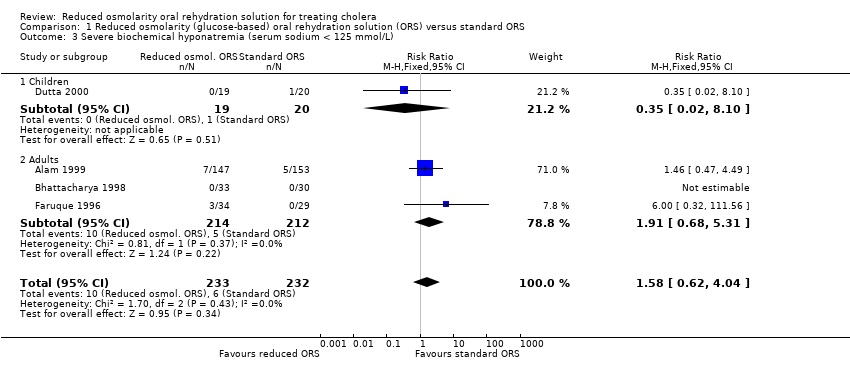Contenido relacionado
Revisiones y protocolos relacionados
Alfred Musekiwa, Jimmy Volmink | 7 diciembre 2011
Seokyung Hahn, Yaejean Kim, Paul Garner | 21 enero 2002
Germana V Gregorio, Maria Liza M Gonzales, Leonila F Dans, Elizabeth G Martinez | 13 diciembre 2016
Lisa Hartling, Steven Bellemare, Natasha Wiebe, Kelly F Russell, Terry P Klassen, William Raine Craig | 19 julio 2006
Olivier Fontaine, S M Gore, N F Pierce | 26 octubre 1998
Ya'ara Leibovici‐Weissman, Ami Neuberger, Roni Bitterman, David Sinclair, Mohammed Abdus Salam, Mical Paul | 19 junio 2014
Marzia Lazzerini, Humphrey Wanzira | 20 diciembre 2016
David Sinclair, Katharine Abba, K Zaman, Firdausi Qadri, Patricia M Graves | 16 marzo 2011
Lois C Orton, Aika AA Omari | 8 octubre 2008
Martin M Meremikwu, Chibuzo C Odigwe, Bridget Akudo Nwagbara, Ekong E Udoh | 12 septiembre 2012










